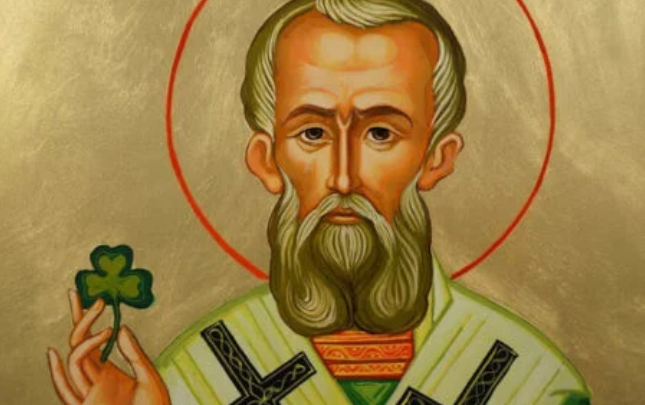Although St. Patrick’s Day (March 17) is a celebration of the “Emerald Isle’s” patron saint, the truth is that the festivities have a number of pagan symbolism that can be found commonly in Ancient Greek and Celtic mythology.
St. Patrick’s claim to fame is that he drove the snakes from Ireland.
The legendary snake might be a pagan symbol, referring metaphorically to the fact that St. Patrick eradicated paganism and converted the Celts of Ireland (or Hibernia during the Roman antiquity) to Christianity.
According to historical annals, Saint Patrick was born in Roman Britannia, however, his feast day on March 17 had little to do with the early Christian missionary himself.
National Interest: Don’t let Ukrainian TB-2 drones rehabilitate Turkey’s image – Analysis
It was designed to coincide with and replace the pagan holiday known as Ostara, the second spring festival to celebrate the rebirth of nature prior to the spring equinox on March 22.
In other words, St. Patrick’s Day was the Christian replacement for a pagan holiday that was also celebrated in ancient Greece. Even the symbolism of the oak tree for St. Patrick’s day celebrations was a symbol used in Ancient Greece.
Read more: Greek City Times







































